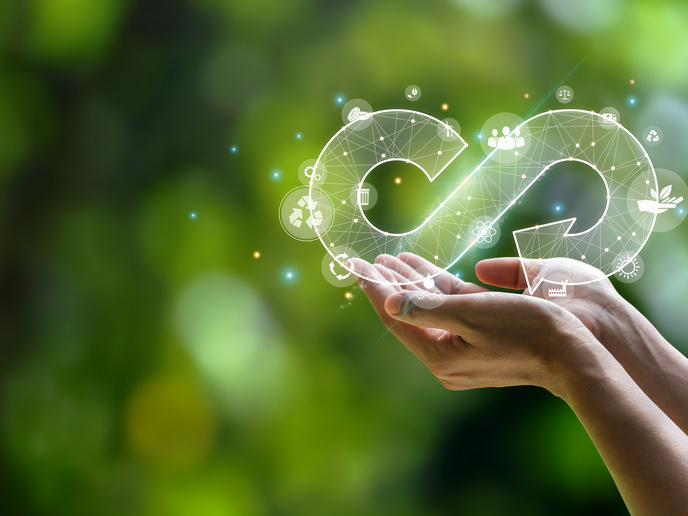Reinventing the role of water and waste in mining
Processed ore requires large amounts of water and is responsible for over 90 % of the mass of the waste stream produced. The unsustainable use of water must be reduced, in particular by circulating the water for reuse, along with decreasing the volume of mining tailings by extracting more value from the waste. The EU-funded ITERAMS consortium set out to develop a proof of concept for more environmentally friendly and economic mining operations in Europe and the rest of the world. The project focused on making water recycling much more efficient and on making it possible to extract more value from tailings by turning these leftover materials into geopolymer cement for important uses such as backfilling and coating. “This will bring cost savings and added income streams especially for small mines,” says project coordinator Päivi Kinnunen. “When the water is recycled and the mining waste is used as valuable products in geopolymers, the overall environmental footprint will be minimised and the mining industry’s performance and image will be improved.”
Analysing tailings in three countries
The ITERAMS researchers collected and analysed water and tailings samples from three mines in Finland, Portugal, and South Africa. They chose these mines as they have varied seasonal and hydrogeological conditions, such as temperature and the availability or scarcity of fresh and treated water. Team members conducted a data analysis on the water, modelled water systems, developed real-time and online measurements for mining water and improved water treatment methods. They used online analytics to detect low-grade feed material that can then be removed to improve the flotation performance of the material. ITERAMS developed different approaches for the production of geopolymers from the tailings samples.
Saving water and finding value in mining waste
Project partners developed different water treatment technologies, including ion exchange resins, polishing filtration, electrocoagulation and dissolved air flotation. They used mathematical modelling to find the best experimental approaches to create closed water loops. The team developed online and continuous electrochemical sensors that can differentiate ions such as calcium, sulphate and thiosulphate ions to produce water quality measurements. The researchers used microbiological analysis to show the importance of managing microorganisms in flotation plants. “Sustainability and hot spot assessments have confirmed that water use and closing water cycles are the main pressing issues in mining, which in turn reinforces the relevance of the ITERAMS project,” Kinnunen explains. “One of the main aims of the project is to collect all information and develop a water recycling protocol for the mine sites, and this protocol is currently under development.” The knowledge created from the project will be instrumental in helping mining companies become more economically sustainable and environmentally friendly in their operations.
Keywords
ITERAMS, water, mining, tailings, waste, geopolymers, water recycling, water treatment







